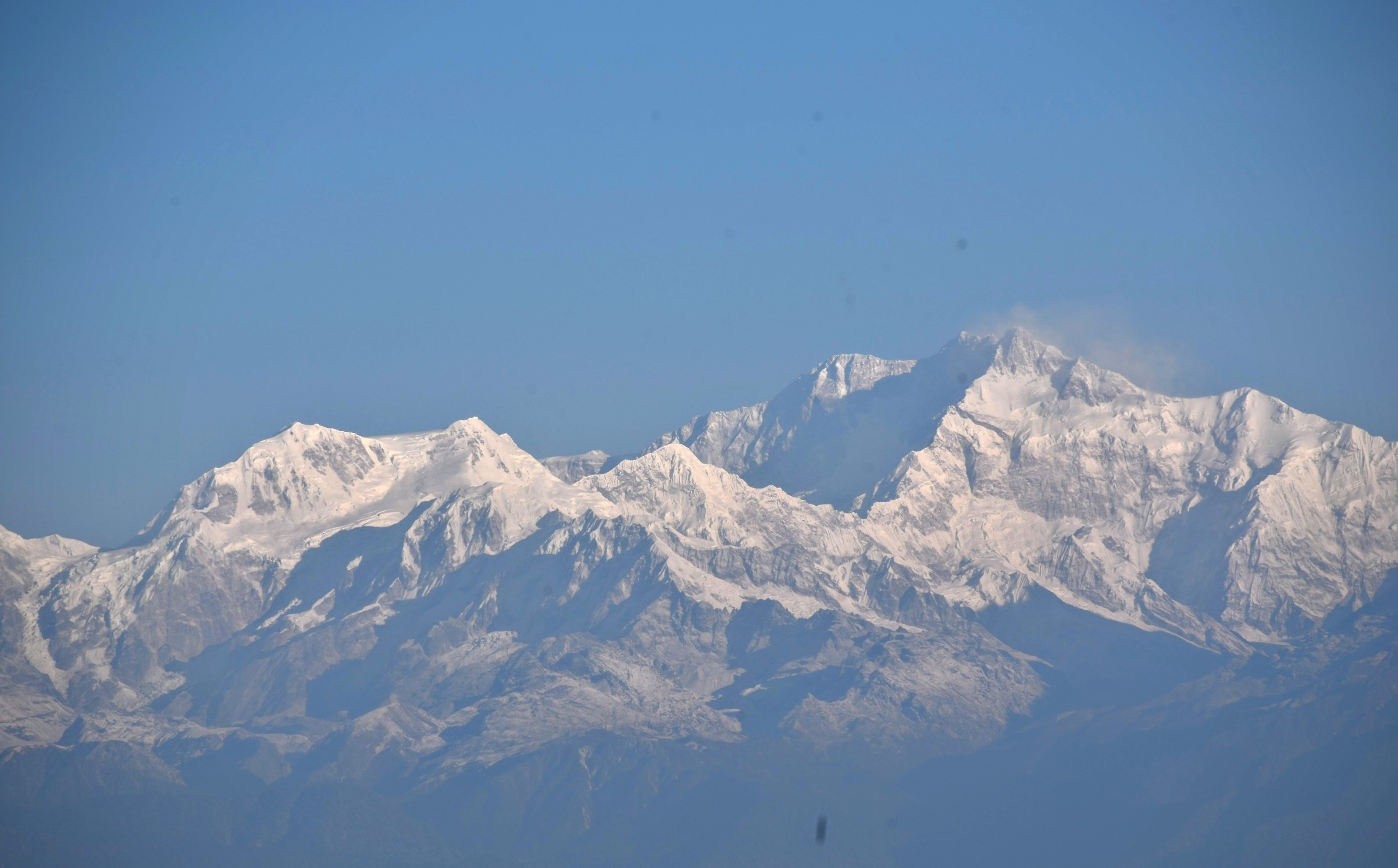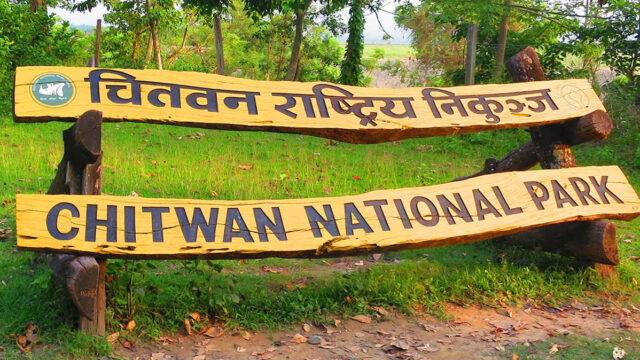Once a quiet and relatively unexplored destination in eastern Nepal, Maijogmai Rural Municipality in Ilam district has recently witnessed a surge in both domestic and international tourist arrivals. This dramatic change is largely credited to the blacktopping of the 20-kilometer Fikkal-Naya Bazar road by the Koshi Province government, which has significantly improved accessibility to the region.
Road Infrastructure Opens New Doors
According to Kushbahadur Thebe, Chairperson of Maijogmai Rural Municipality, the newly constructed blacktopped road connecting Surunga Municipality-9 Barbote to Maijogmai’s center, Naya Bazar, has transformed the local tourism landscape. Previously, tourists traveling via Kanyam in the Terai found it difficult to reach Tumling due to poor road conditions. Although the area offered panoramic views of Mount Kanchenjunga (8,586 meters) the third highest mountain in the world the lack of infrastructure had long limited visitor access.
“Now, tourists from various regions, especially from the lowlands, can reach Naya Bazar and Tumling comfortably,” says Thebe. “With the road now motorable, footfall in our scenic highland destinations has grown considerably.”
Tumling: A Window to the Himalayas
Situated at an elevation of 3,100 meters, Tumling has become a major attraction for tourists who come to witness breathtaking views of the snow-capped Kanchenjunga range. “It feels like you could touch the Himalayas if you jumped,” remarked Tika Ram Bastola, a tourist from Jhapa. “The fresh mountain breeze and clear skies offer unparalleled serenity.”
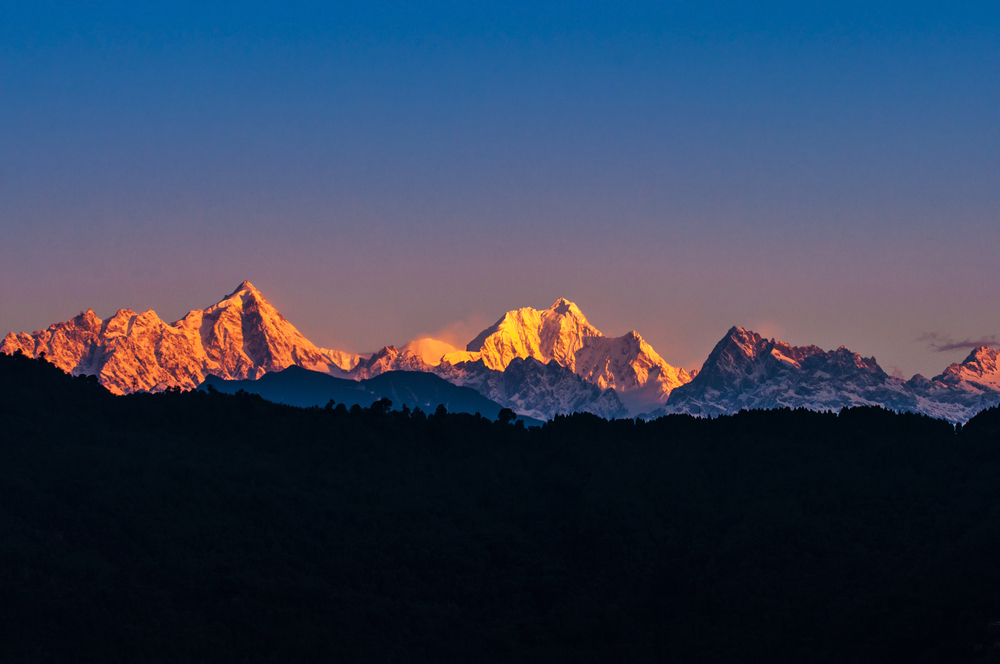
Just an hour’s drive from the Mechi Highway, Tumling’s accessibility is now aligned with the demand from nature enthusiasts, researchers, and cultural explorers. The road development has also led to increased interest in nearby tourist spots such as New Bazaar, Thumke, Megma, Jaubari, and Kalpokhari, all of which lie along the Nepal-India border.
A Hub for Eco and Research Tourism
Thebe emphasizes that Maijogmai is rich in biodiversity, rare flora and fauna, and valuable medicinal herbs, making it a hotspot for research and exploration. Red pandas, an endangered species, draw wildlife photographers and conservationists, while botanists and herbalists arrive in search of high-altitude medicinal plants. Tourists from India, Bhutan, and Bangladesh have also begun frequenting the area for similar interests.
Digital Promotion and Smart Tourism Tools
In an effort to better promote the region, the rural municipality has launched a ‘Tourism App’, aimed at both domestic and international audiences. According to Vice-Chairperson Praveena Rai, the app compiles information about the area’s natural, religious, agricultural, and archaeological attractions. “We wanted to ensure that even those living abroad can access comprehensive details about Maijogmai’s tourist destinations,” she said.
The app highlights local trekking trails, cultural landmarks, and even agricultural products that form part of the municipality’s agritourism strategy. It also features updates on road access, accommodation facilities, and seasonal recommendations for travelers.
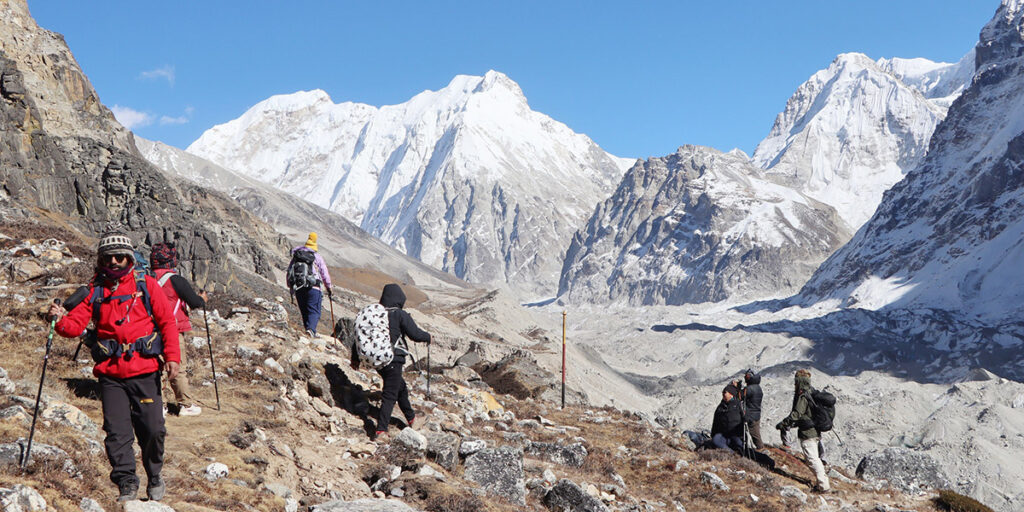
Sunrise Views and Trekking Routes
One of the most captivating experiences Maijogmai offers is the sunrise view from Thumkerani, where one can see all ten local administrative divisions, various regions in India, and the Terai plains. Tourists commonly embark on treks from Naya Bazar to Thumkerani, Jaubari, Tumling, Tonglu, and Megma, enjoying not only natural beauty but also cultural interactions along the way.
Jungle safaris and red panda sightings further enhance the visitor experience, while Megma Monastery, considered Asia’s second-oldest, adds a historical and spiritual dimension to the region’s appeal.
New Developments in Agro and Religious Tourism
Maijogmai is not only about scenic beauty and wildlife. With altitudes ranging from 561 meters to 3,100 meters, the area boasts fertile lands that support the cultivation of rice, cardamom, potatoes, kiwi, saffron, and chiraito (a medicinal herb). These diverse agricultural products offer opportunities for agro-tourism, which the municipality is actively promoting as part of its economic development strategy.
Vice-Chairperson Rai highlights the region’s potential for holistic development: “With our fertile lands and growing tourism infrastructure, we aim to blend agriculture and tourism to uplift the local economy.”
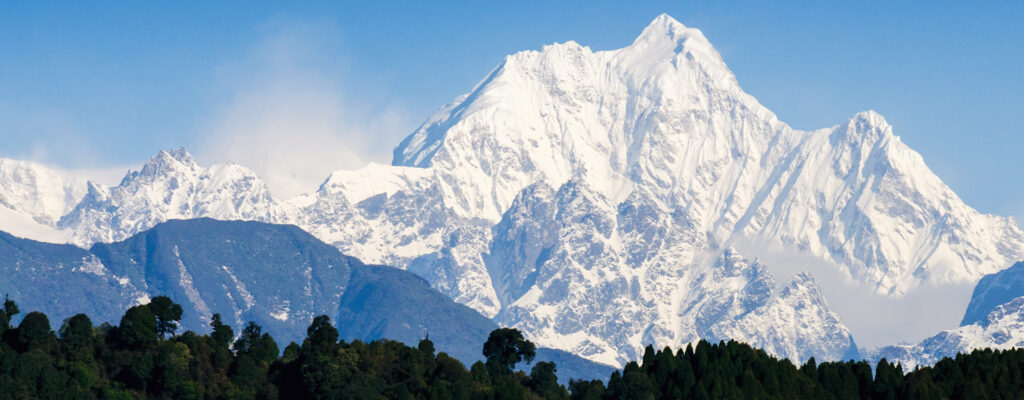
The municipality is also home to numerous religious sites, including Uttare Pokhari, Shiva temples, and Buddhist monasteries. Iconic statues of Lord Buddha, Lord Ganesh, King Yalambar, and the red panda have also been installed to celebrate the cultural and ecological significance of the area.
Cultural Identity Meets Development
The convergence of tradition and development is clearly visible in Maijogmai. The increasing footfall in Thumke Hill, located at the juncture of Wards 2 and 6, reflects a growing recognition of the area’s natural and cultural wealth. The municipality has already begun laying the groundwork for new tourism infrastructure and trails, particularly in the highland zones like Thumke.
In addition to religious and ecological tourism, the introduction of saffron farming in Thumke and Jaubari has also attracted attention from curious visitors and investors alike.
A Promising Future for Maijogmai
As infrastructure improves and awareness spreads through digital tools and community efforts, Maijogmai stands at the threshold of becoming a key tourism destination in eastern Nepal. With its blend of Himalayan landscapes, rare wildlife, cultural treasures, and agricultural potential, the region offers something for every type of traveler from spiritual seekers and nature lovers to researchers and photographers. The growing influx of tourists is not just a sign of Maijogmai’s potential it’s a call to further invest in sustainable and inclusive tourism development.
